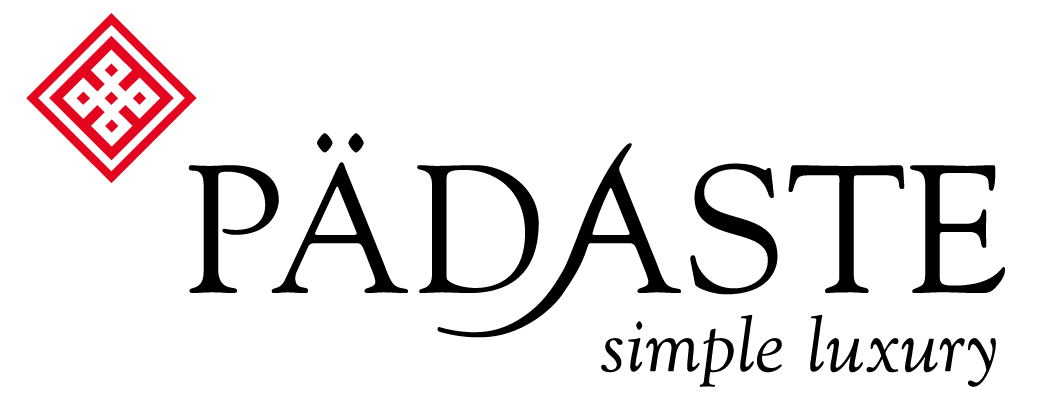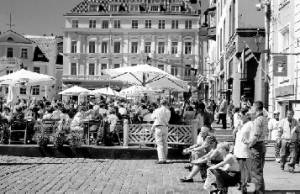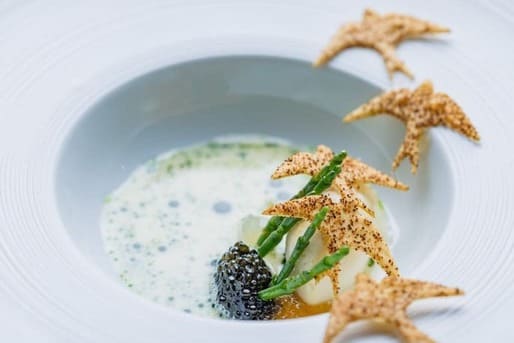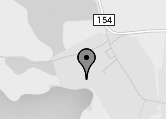Party Time for Baltic Youth
![]()
March 25 2000, Travel section
Stephen McClarence takes a tour of Estonia, now free from Russian rule and gleefully embracing capitalism
Morning coffee at Tallinn Town Hall square, a city with a ‘medieval heart of unspoilt charm’
Party time for Baltic youth
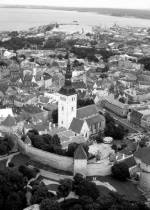 |
They start young in Estonia. Many government ministers are still in their twenties. The chairman of the stock exchange is 26. The chief prosecutor is 22. And Imre Sooäär? “Thirty,” he admits bashfully, as though his bus pass already beckons.
Sooäär, in his Calvin Klein T-shirt, is one of the young entrepreneurs thriving in the new Estonia. Freed from Soviet rule in 1991, the Baltic state – between Finland and Latvia, where North becomes Farther North – has eagerly embraced capitalism.
Pizza aromas waft across the cobbled squares of Tallinn, the state’s capital and major port. Max Mara stores compete with Adidas and Next. Casinos thrive. The city is being marketed as the new “party capital of Europe”.
Inevitably, a counter-culture is already under way. One alternative clothes store fills its window with a sculpture of a ketchup-daubed consumer being eaten by a burger.
All this seems very far away at Padaste Manor, Sooäär’s holiday estate on the island of Muhu, a half-hour ferry journey from the mainland. At the estate’s centre is the kind of elegantly rambling country house in which Chekhov’s bored landowners yawned and sighed their lives away.
Beyond birch trees and juniper bushes, fields of wood anemones stretch down to the seashore. Swallows swoop and, in the keen, bright, evening sunshine, flocks of geese trail across the sky.
Sooäär bought the estate three years ago for GBP 30,000 and is spending 3 million converting it into a hotel, spa and upmarket pub-cum-restaurant.
“It was a complete ruin when I bought it,” he says. “Can you imagine? It had been empty for ten years. The winds echoed through it. It was basically a ghost house.”
Sooäär was born on Muhu. His parents still farm there – “a farm with six cows and a lot of lambs”. After university he set up a film production company in Canada, specialising in TV commercials.
He now commutes between Estonia, Toronto and Amsterdam, “but my parents wish I was still a farmer”. He cracks open another bottle of champagne and his mobile bleeps in his pocket.
Sooäär jokes about building a heli-pad to improve access for busy guests desperate for instant chill-outs. With luck, it will never happen. Muhu has a precious pastoral peace that needs preserving.
Many farms – both here and on the neighbouring island of Saaremaa – take in tourists and offer a novel sort of agro-therapy. Milk the cows, feed the sheep, watch the windmills turn, soothe the stress.
Five miles up the road from Padaste Manor, Koguva village is a working museum set in meadows of cowslips. Heavily bearded farmers trundle tractors along the lanes between thatched cottages and a schoolhouse recreated as it was half a century ago. The slates and globes used by the dozen pupils are scattered around their classroom; the organ that accompanied their hymn-singing sits in the corner, ready to wheeze into life; bees drone in the blossoming hawthorns outside.
All this is well off the islands’ regular tourist track, which centres on Kuressaare, the smartly commercialised capital of Saaremaa.
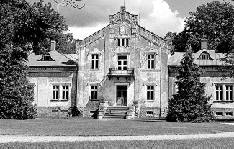 |
Officials here talk of “nature-friendly tourism”, but promote elk and boar-shooting. Salad nicoise is easier to find in restaurants than traditional island food – rye bread, dried herring and pickled cucumber.
The town works hard at picturesqueness and boasts a labyrinthine castle – worth visiting to buy the guidebook, which describes it as “unique in its northern ponderosity and uttermost self-absorbedness”.
Shrugging off the inhibitions of that “northern ponderosity” is one reason Tallinn is enjoying a tourist boom. Regular hydrofoils ferry gangs of Finns across from Helsinki. They are keen to make the most of the cheap booze and the Scottish and Irish bars that have been set up since independence.
These “vodka tourists” are resented by some native Estonians who haven’t prospered in the post-Communist era.
“The have-nots see all the rich Finns around and there’s been an increase in muggings,” says British Ambassador Timothy Craddock. “Though the level of violence is probably only the same as it is in Westminster or Bayswater.”
Some 45,000 British tourists visited Estonia in 1998, double the 1997 total. It’s a seasonal trade – from May to September, when the Land-of-the-Midnight-Sun summer starts giving way to a Land-of-the-Midday-Moon winter.
“The summer can be beautiful,” says Craddock, at 43 Britain’s youngest ambassador, in the glitzy new embassy. “It’s all warmth and beaches and pavement cafés.
“Estonia was rather hidden within the Soviet Union for 50 years, but now, if it were closer to the UK, it would be a wonderful place to have a summer cottage. You can get a very nice one for ?9,000.”
If that suggests Estonia as “the new Provence”, the usual sales pitch for Tallinn is “the new Prague”.
With a skyline of church spires and dockside cranes, the city has a medieval heart of unspoilt charm. It has all the high-gabled houses, steep steps, narrow alleys, turreted walls and solid gateways (one called Fat Margaret) visitors hope to find in old north European towns.
The suburbs may have been blighted by the Soviets’ drab slab-architecture, but the centre – a good place for strolling – suggests a Nordic Bruges around one corner and a Tsarist St Petersburg around the next. On a street corner, an old man plays sad songs on an accordion, gazing blankly into middle distance.
Music – whether on accordions, zithers or bagpipes – is important here. The Theatre and Music Museum, up four flights of stairs, is full of photographs of bagpipe-squeezing peasants leaning on haystacks and massed choirs in national dress at patriotic song festivals, long seen as symbols of resistance to foreign domination.
Despite Estonian resentment, the occupying Russians gave Tallinn its single most striking building – the Russian Orthodox Alexander Nevsky Cathedral. With its onion domes and incense, it’s a fine contrast to the chaste whitewashed caverns of the Lutheran churches.
One-third of Tallinn’s population is still Russian – and is out in force at the Kadaka Market, five miles east of the centre. Spice Girls CDs and Manchester United shirts share stalls with Soviet army helmets and watches with miniature portraits of Stalin.
Old women pull bottles of Christian Dior perfume from carrier bags and offer them for sale with stoic pathos.
A target market could easily be Americans – if they came. But as Jüri Toomel of the Estonian Tourist Board admits: “The Americans never make a difference between the Baltics and the Balkans. They know there has been a war in the Balkans, so they don’t come here.”
There is not a hint of northern ponderosity or uttermost self-absorbedness in his smile.
Destination Estonia
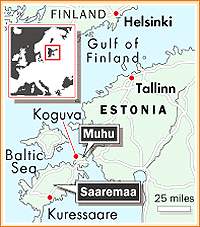 © © |
- Stephen McClarence travelled with Estonian Air (0171-333 0196), the only carrier operating direct flights between Britain and Estonia. Return fares from Gatwick start at GBP 261.60.
- Hotel Olümpia in Tallinn (00 372 631 5333) has double rooms from about ?70, including breakfast.
- Padaste Manor (00 372 454 8800) on Muhu island has double rooms from about GBP 41, including breakfast. Muhu has a regular half-hour ferry connection with the mainland from Virtsu, a 90-minute drive from Tallinn. For car rental and ferry bookings, contact Air Tours Estonia (00 372 642 2264). Buses from Tallinn cross Muhu en route to Kuressaare on Saaremaa island – a four-hour journey (fare about GBP 5, including ferry).
- Tallinn’s Theatre & Music Museum on Müürivahe (00 372 644 2132) opens Wednesday to Sunday, 10am-6pm (admission 50p).
- British citizens do not need visas to visit Estonia. Best time to visit: May to September, though July and August can be wet.
- Reading: Estonia, Latvia & Lithuania (Lonely Planet, GBP 12.99); Estonia (Bradt, GBP 11.95). Available from The Times Bookshop (0870-160 8080) for GBP10.99 and ?10.95 respectively.
- Further information: Estonian Tourist Board (00 372 641 1420).
